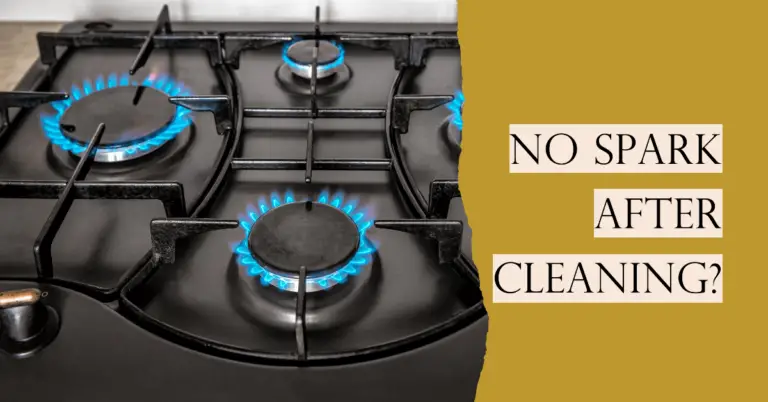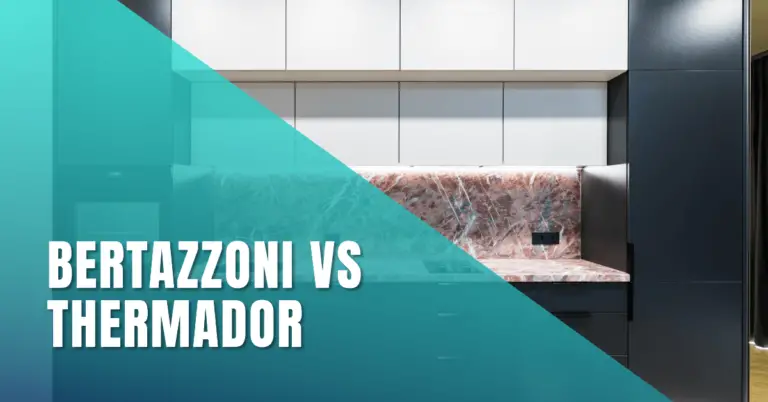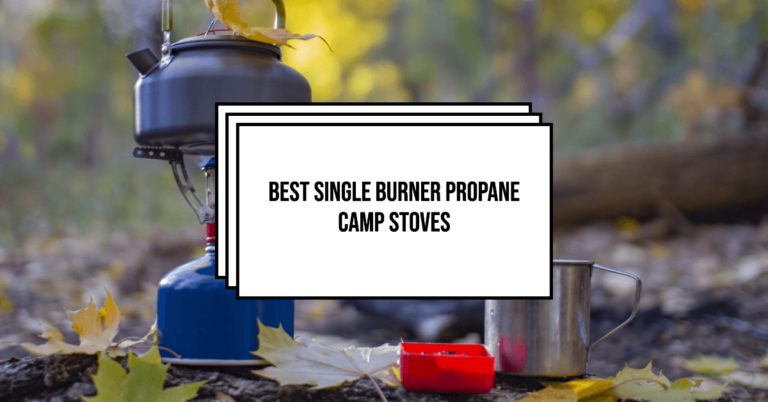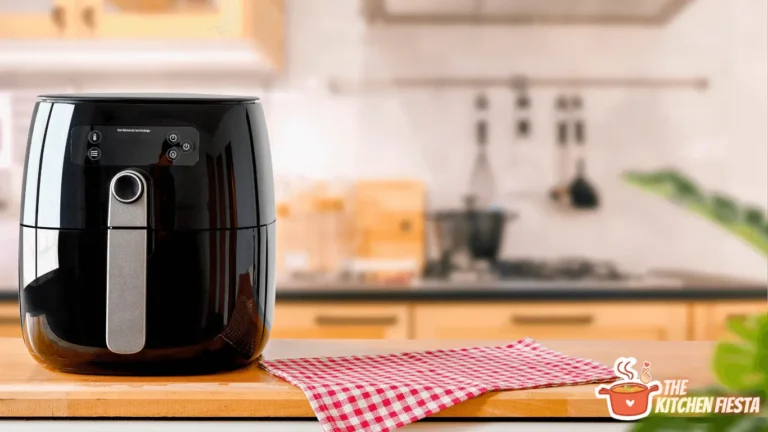What Temperature Is Simmer 1-10?
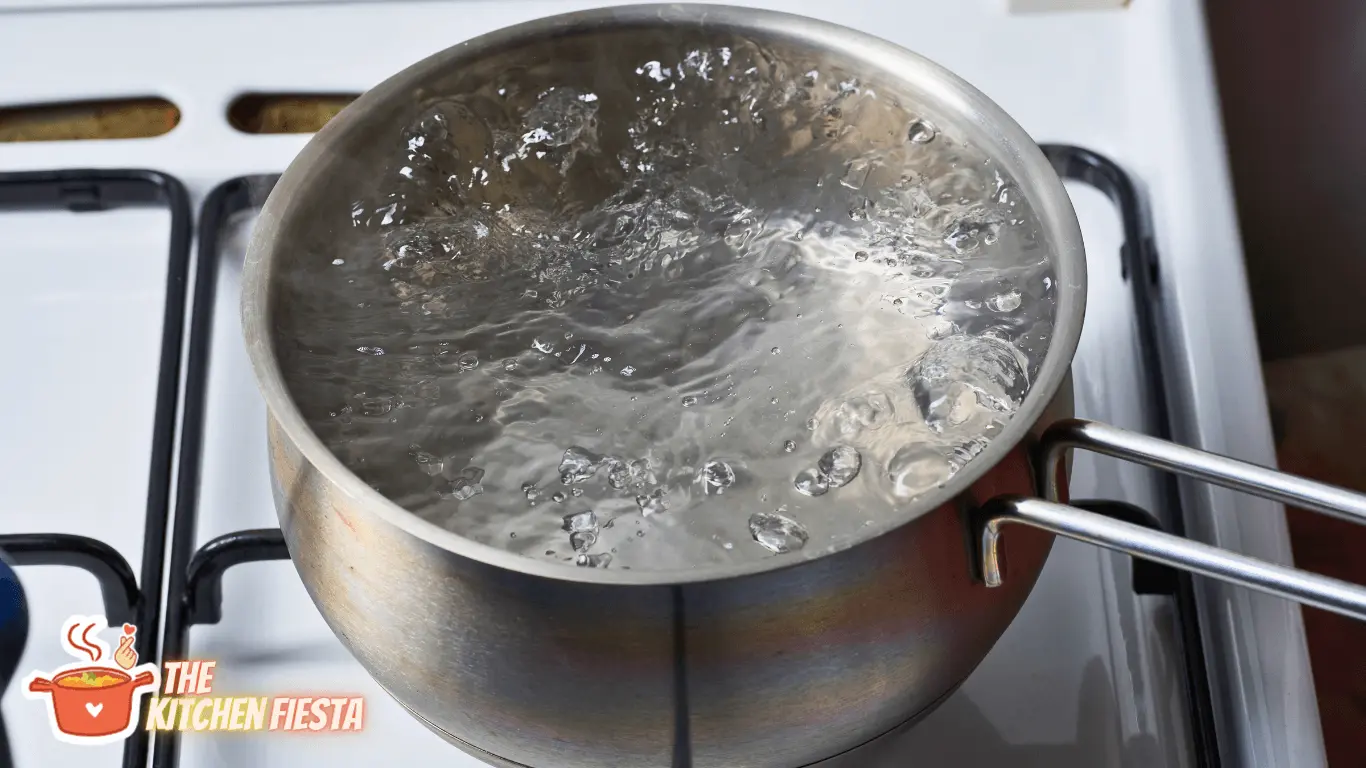
Simmering is a cooking technique that requires a low heat setting to cook food slowly and gently. It is commonly used for soups, stews, and sauces, and it helps to infuse flavors and tenderize tough cuts of meat. However, many people are unsure what temperature range is a simmer and how to achieve it on their stove.
On a scale of 1 to 10, where 1 is the lowest heat setting, and 10 is the highest, a simmer is typically around a 3 or 4. The temperature range for simmering can vary depending on the recipe and the type of liquid being used, but it generally falls between 185°F to 205°F (85°C to 96°C). Simmering is just below the boiling point, which is at 212°F (100°C), and it produces small bubbles that break the surface of the liquid.
Knowing the right temperature range for simmering is crucial for achieving the desired results in your cooking. In this article, we will discuss how to identify the simmering setting on a stove, the different temperature ranges for simmering, and some other helpful information about this cooking method. Whether you are a beginner or an experienced cook, understanding the basics of simmering can help elevate your dishes to the next level.
What is Simmering?
Simmering is a cooking technique that involves heating a liquid to a temperature just below boiling point. This technique is used for cooking delicate foods like vegetables, fruits, and proteins and is often used to make soups, stews, sauces, and broths. Simmering is a gentle cooking method that allows the flavors of the food to develop slowly over time.
Definition of Simmering
Simmering is cooking a liquid at a temperature ranging from 180°F to 205°F. It is a low heat cooking technique used to cook food slowly and gently. When simmering, the liquid should be hot enough to produce small bubbles on the surface but not so hot that it boils rapidly.
It differs from boiling, which involves heating a liquid to its boiling point and producing large bubbles. Boiling is a more aggressive cooking technique for cooking foods quickly, like pasta or hard-boiled eggs. On the other hand, simmering is a slower cooking method used to cook foods that require a gentler touch.
Simmering can be done on the stove, in the oven, or a slow cooker. The temperature required to simmer a dish is between 185°F and 205°F. It is typically around a 3 or 4 on a scale of 1 to 10, where 1 is the lowest heat setting, and 10 is the highest.
What Temperature is Simmer 1-10?
Simmering is a cooking technique that involves heating a liquid to a temperature just below boiling point. It is an essential technique for making dishes like sauces, soups, stews, and even starches like potatoes. The temperature required to simmer a dish is between 185 degrees and 205 degrees Fahrenheit.
Simmering Temperature Range
On a scale of 1 to 10, where 1 is the lowest heat setting, and 10 is the highest, a simmer is typically around a 3 or 4. However, the temperature range for simmering can vary depending on the recipe and the type of liquid being used. Still, it typically falls between 185°F to 205°F (85°C to 96°C).
When using an electric stove, the simmer setting typically ranges from 1 to 6, with 1 being the lowest heat setting and 6 being the highest. The exact temperature for each setting can vary depending on the stove. Still, the simmer setting is usually between low to medium-low heat, typically between 200-250°F.
If you’re using a gas stove, the heat level for simmering can be trickier to control. Gas stoves typically have a range of heat settings, and the exact temperature for each setting can vary depending on the stove. However, with a little practice, finding the right heat level for simmering is possible.
Simmering on Stovetop vs Oven
Simmering can be done on both the stovetop and oven. When simmering on the stovetop, using a heavy-bottomed pot is essential to avoid scorching the food. You can also use a diffuser to distribute the heat evenly.
When simmering in the oven, the temperature of simmering is between 180 to 200 degrees Fahrenheit. Most electric stoves come with a temperature control dial or button. You need to set the dial between 1-10 for the perfect simmering temperature.
How to Simmer on Stovetop?
Simmering is a cooking technique that requires heating a liquid to a temperature just below boiling point and maintaining it at that temperature. It is a gentle cooking method ideal for cooking delicate foods like fish, vegetables, and grains. Here are some tips on how to simmer on stovetop.
1. Choosing the Right Pot
When simmering on stovetop, it is important to choose the right pot. A pot with a heavy bottom and a tight-fitting lid is ideal. The heavy bottom ensures even heat distribution, while the lid helps to trap the steam and prevent the liquid from evaporating too quickly.
2. Setting the Heat
To simmer on stovetop, start by bringing the liquid to a boil over high heat. Once it reaches boiling point, reduce the heat to low or medium-low, depending on the level of simmer required. The temperature for simmering on stovetop can range between 180°F to 205°F.
3. Covering the Pot
Covering the pot is an important step when simmering on stovetop. It helps to trap the steam and prevent the liquid from evaporating too quickly. However, leave a small gap between the lid and the pot. This will prevent the liquid from boiling over.
4. Stirring the Food
Stirring the food is another important step when simmering on stovetop. It helps to distribute the heat evenly and prevent the food from sticking to the bottom of the pot. But be careful not to stir too vigorously, or the food will get broken up.
Tips for Simmering
1. Avoid Boiling the Food
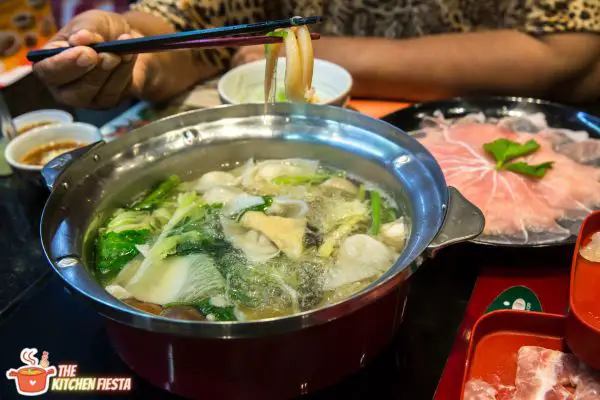
When simmering, it’s important to keep the temperature below boiling point. Boiling can cause the food to become overcooked or tough, ruining the dish. To avoid boiling, keep an eye on the pot and adjust the heat as needed.
2. Add Ingredients Gradually
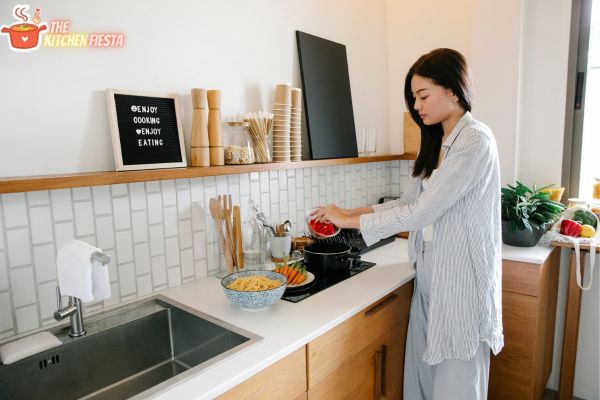
When adding ingredients to a simmering dish, it’s important to do so gradually. Adding too much at once can cause the temperature to drop, prolonging the cooking time. Adding ingredients gradually will keep the temperature consistent, and the dish will cook evenly.
3. Adjusting the Heat
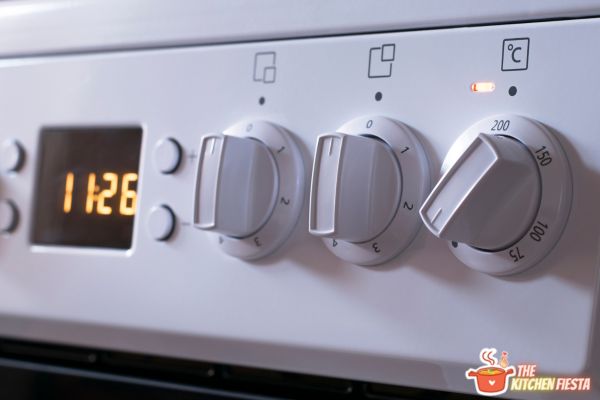
Simmering requires low and steady heat. If the temperature is too high, the dish can boil; if it’s too low, the food may not cook properly. Use the stove’s temperature control dial or button to adjust the heat. You should know that different stovetops may have different temperature ranges, so monitoring the dish closely is essential.
4. Using a Thermometer
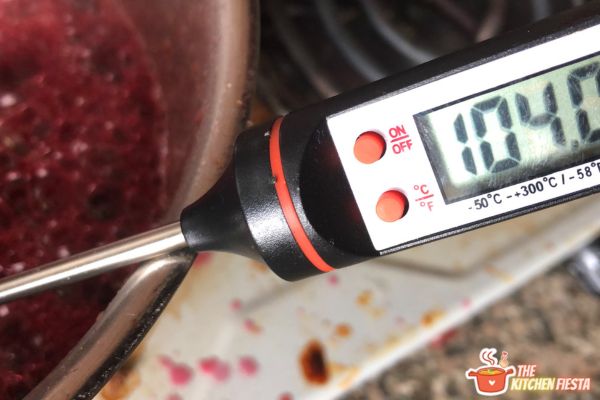
A thermometer is an effective way to ensure the dish simmer at the correct temperature. The temperature required to simmer a dish is between 185 degrees and 205 degrees Fahrenheit. Using a thermometer, the cook can ensure that the dish is cooking at the correct temperature, resulting in a perfectly cooked dish.
Conclusion
Simmering is a low and steady cooking technique that works wonders for soups, stews, sauces, and potatoes. With a temperature range of 185°F to 205°F (85°C to 96°C), it allows flavors to blend while preventing overcooking. On an electric stove, setting the dial between 1-10 is crucial, while 300°F in the oven works for meat stews. From beginners to experienced cooks, mastering simmering basics is essential for creating delicious, tender, and flavorful dishes. So, remember to simmer down and let the magic happen!
FAQs
Can you simmer food on high heat?
No, you cannot simmer food on high heat. Simmering requires a low to medium heat setting to maintain a consistent temperature. Cooking on high heat can cause the liquid to boil, resulting in overcooked or burnt food.
How can you tell if food is simmering?
You can tell if food is simmering by looking for small bubbles forming on the surface of the liquid. These bubbles should be small and gentle, not large and violent. You can also use a thermometer to check the temperature of the liquid.
What is the difference between simmering and boiling?
The main difference between simmering and boiling is the temperature of the liquid. Simmering requires a lower temperature range than boiling. When boiling, the liquid reaches its maximum temperature of 212°F (100°C), while simmering requires a temperature range of 185°F to 205°F (85°C to 96°C).
How long should you simmer food?
The time you should simmer food depends on the recipe and the type of food you are cooking. Generally, you should simmer food for at least 20 to 30 minutes to allow the flavors to develop. However, some recipes may require longer simmering times.
Can you simmer food in the oven?
Yes, you can simmer food in the oven. To simmer food in the oven, you need to use a covered pot or casserole dish and set the temperature to 185°F to 205°F (85°C to 96°C). This method is perfect for cooking stews and casseroles.

